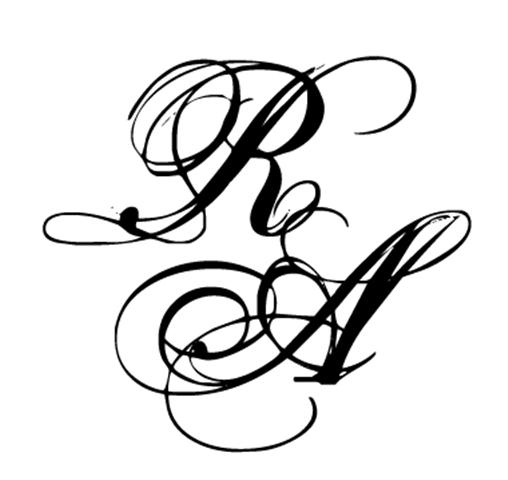An outstanding Chinese Chippendale carved giltwood girandole, mid-18th Century POA
An outstanding Chinese Chippendale carved giltwood girandole, mid-18th Century POA
An outstanding Chinese Chippendale carved giltwood girandole, this lovely and entrancing piece is carved in the chinoiserie style, the asymmetric form echoed by the skewed setting of the two single candle arms to either side of the original mirror plate. The carving - incorporating waterfalls, foliage, and fantastic rock formations and culminating in the charming figure of a Chinaman fishing quietly by a peaceful mountain rock pool – is very much the English craftsman’s clever interpretation of Chinese art, working with an item of normal European form but developing the decoration into a style perhaps more whimsically elegant and wilfully fantastic than anything produced in China.
H 37.5” (95.2cm); W 16” (40.6cm);D 5.8”(14.7cm)
Stock number: VT20213
Although the name is Italian in origin, girandoles reached their greatest heights of fashion not in Italy but in France and England during the latter half of the 18th Century and were regarded as objects of luxury. The term girandole is derived from the Italian girare, to turn, a term then applied to the movement of a spinning firework or the swirling curves of water arising from an ornamental fountain. First adopted as a description of a decorative wall sconce, at the beginning of this period they represented the most exuberant expression of the swirls and curves beloved of Rococo design, and are known now as elaborate wall brackets which incorporate one or more candle arms, often with a mirror to reflect the light further into a room.
Thomas Chippendale illustrated examples in the Gothic and Chinese taste in The Gentleman and Cabinet-maker’s Director (1754, employing an appropriate range of pertinent and sometimes fantastical motifs: ruined arches, Chinese temples and pagodas, Greek columns, scrolls, fountains, waterfalls, foliage, and mythical animals. More delicate and restrained designs came into vogue as a result of the Neoclassical revival of the late 18th century.











